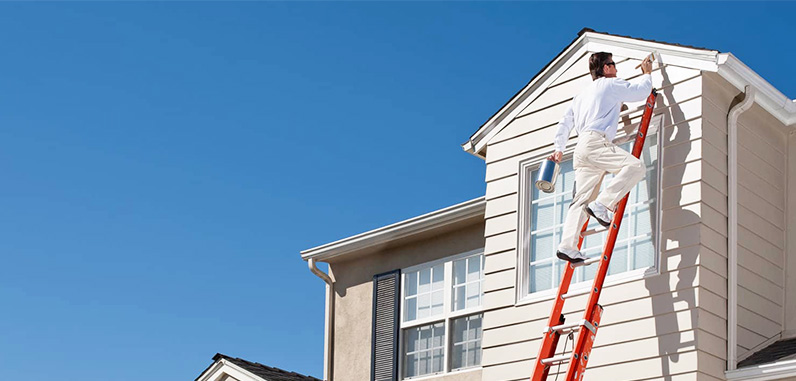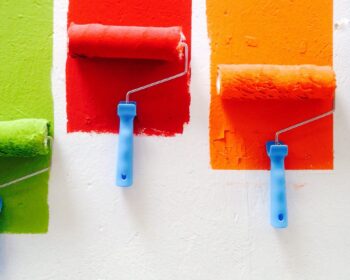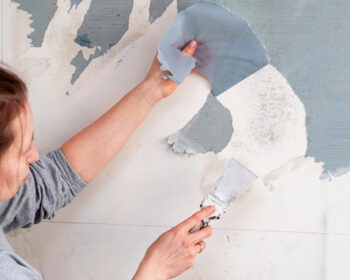
When is The Best Time to do Exterior Painting?
You can paint the interior of your home at any time of year and in almost any weather. Since homes have controlled settings, it is possible to set the temperature and humidity to the ideal levels for painting.
However, it’s a completely different story when it comes to painting the outside of houses. Unfortunately, your project’s success is frequently dependent on the environmental factors you deal with. You will need to tailor the project around the weather circumstances rather than the other way around. So when is the ideal time to repaint the outside of your home?
Best Weather
The weather must be favorable for your painting project to be successful. This is because the temperature and environmental factors present at the time of application have a direct impact on how the paint dries.
According to our Melbourne based house painters, the best time to pick is when there will be warm, dry days. Examining the weather for the few days before to and after your painting day is also a good idea. Before painting, your siding may require a few days to completely dry off if it has recently rained. The same is true for the day after application; you want to ensure that it won’t rain while your paint is still drying.
Additionally, you should be cautious of significant temperature changes from day to night. The paint will react and won’t cure correctly if you have ideal temps during the day and then a sharp dip when the sun goes down. Once more, this can result in a surface that isn’t perfectly smooth and may even start to peel and break.
So, when is the best time to paint the outside of a house? The greatest weather is often seen in the early summer and early fall, with little chance of precipitation and little change in day-to-night temperature. This will guarantee that the paint applies easily and has a chance to fully dry and cure.
How Warm Should It Be?
We’ve already stated that the summer is the best season to paint your exterior. While summer often brings us dry weather and little to no rain, it also brings with it intense heat. A less-than-ideal finish could result from the paint drying too rapidly when it’s too hot outside. This results in unsightly brush strokes and even dried-on paint clumps being applied to newly painted surfaces. (Not to mention the fact that painting outside in the sweltering heat is not a good idea for anyone.)
Always try to choose a day that won’t be too hot. Additionally, you should be aware of the humidity levels. When it’s not too humid, paint often dries the fastest. According to where you reside and the season, early summer and early fall often have the optimum temperatures. If you stick to these seasons, you’ll probably have great weather for painting!
Exterior Painting After Rain
It normally takes 4 hours or more to paint after it has rained. With excellent weather and direct sunlight, 4 hours is more than enough. It depends on the amount of humidity, the amount of wind, and if your home is exposed to direct sunshine. Before painting, it is important to use a moisture metre.
While you wait for the exterior of your house to dry, you may start preparation work. Caulking, scraping, masking, wood repair, etc. are examples of this.





